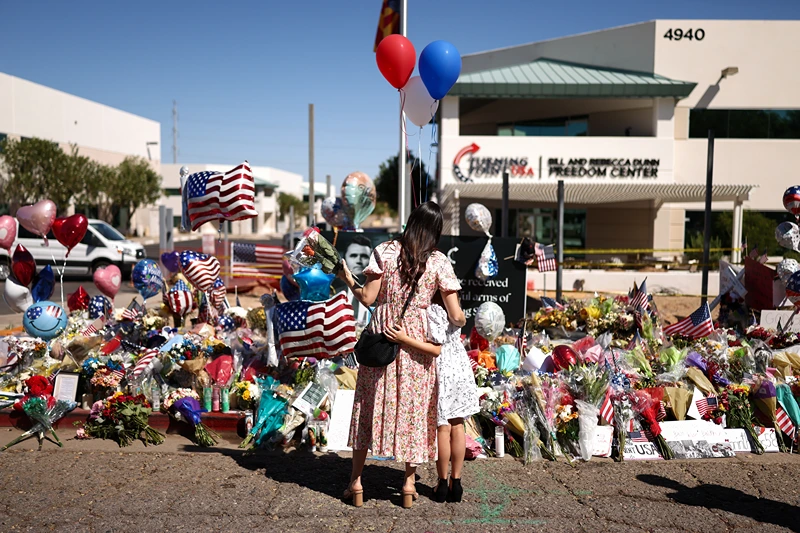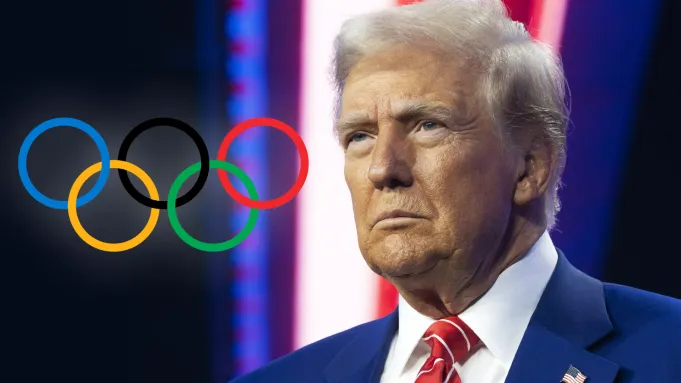
harleyliberty.com
The Potential Downfall of Harley-Davidson: A Crossroads for an American Icon
By James Hollywood Macecari
Harley-Davidson, the quintessential American motorcycle manufacturer, has long been a symbol of freedom, rebellion, and rugged individualism. Its iconic rumble and distinctive design have cultivated a loyal following for over a century. However, the company faces significant challenges that, if not addressed, could lead to its decline.
Without a strategic turnaround, Harley-Davidson risks fading into irrelevance due to a combination of market missteps, demographic shifts, cultural disconnects, and competitive pressures. This article explores the factors that could contribute to Harley-Davidson’s downfall if the company fails to adapt to a rapidly changing world.
1. Failure to Adapt to Shifting Demographics
Harley-Davidson’s core customer base has historically been older, predominantly male riders, often baby boomers who associate the brand with a lifestyle of freedom and Americana. However, this demographic is aging out, and the company has struggled to attract younger riders, particularly millennials and Gen Z.
These younger generations prioritize sustainability, technology, and affordability—values that Harley’s traditional offerings have not fully embraced.The company’s motorcycles, known for their high price tags (often $20,000–$40,000), are out of reach for many younger consumers facing economic pressures like student debt and stagnant wages. Additionally, younger riders are gravitating toward lighter, more agile bikes or electric motorcycles, which offer eco-friendly credentials and lower maintenance costs.
Harley’s slow pivot to electric models, such as the LiveWire, has been marred by high pricing and limited market penetration, failing to capture the imagination of this new audience.If Harley-Davidson does not invest in affordable, innovative models that resonate with younger riders, it risks alienating an entire generation. Without a robust strategy to diversify its customer base, the company’s sales will continue to decline as its loyal but aging riders reduce their riding or pass away.
2. Overreliance on Brand Heritage
Harley-Davidson’s brand is its greatest asset, but it could also be its Achilles’ heel. The company has leaned heavily on its heritage—its V-twin engines, retro styling, and “Made in America” ethos—to drive sales. While this resonates with traditionalists, it has limited Harley’s ability to innovate and appeal to a broader market.
Competitors like Indian Motorcycle, Yamaha, and Honda have successfully blended modern technology and design with performance, capturing riders who want both style and substance. Harley’s reluctance to move away from its classic designs has left it vulnerable in a market that increasingly values versatility and cutting-edge features.
For example, advanced electronics like traction control, customizable ride modes, and integrated navigation systems are now standard in many competitors’ bikes but remain limited in Harley’s lineup. If the company continues to prioritize nostalgia over innovation, it risks being perceived as a relic, unable to compete with brands that offer modern, tech-forward motorcycles.
3. Economic and Pricing Challenges
Harley-Davidson’s premium pricing model has long been a cornerstone of its brand identity, positioning its motorcycles as luxury items. However, in an era of economic uncertainty, this strategy is increasingly unsustainable. Rising inflation, supply chain disruptions, and global economic volatility have made consumers more price-conscious, particularly for non-essential purchases like motorcycles.
Moreover, Harley’s reliance on high tariffs to protect its U.S. market has backfired. In 2018, the European Union imposed retaliatory tariffs on Harley-Davidson motorcycles in response to U.S. tariffs on steel and aluminum. This forced Harley to shift some production overseas, sparking backlash from its core customer base and even criticism from then-President Donald Trump. The move damaged the brand’s “American-made” image, and the additional costs hurt profitability.
If Harley cannot balance its premium pricing with broader market accessibility—perhaps through more affordable models or financing options—it risks losing market share to competitors offering similar quality at lower prices. Without addressing these economic realities, Harley’s sales could continue to stagnate.
4. Slow Adoption of Electric and Sustainable Technologies
The global shift toward sustainability is reshaping the automotive and motorcycle industries. Electric vehicles (EVs) are gaining traction as governments push for reduced emissions and consumers demand eco-friendly options. Harley-Davidson’s foray into electric motorcycles with the LiveWire was a step in the right direction, but its execution has been lackluster. Priced at nearly $30,000, the LiveWire is prohibitively expensive for most consumers, and its range and charging infrastructure lag behind competitors like Zero Motorcycles and Super73.
Furthermore, Harley’s marketing of the LiveWire has failed to capture the cultural zeitgeist. While competitors like Tesla have successfully positioned their EVs as aspirational and forward-thinking, Harley has struggled to reconcile its electric offerings with its traditional, gas-guzzling identity.
This disconnect has left the LiveWire as a niche product rather than a game-changer.If Harley-Davidson does not double down on electric innovation—offering more affordable, longer-range models and building a robust charging network—it risks falling behind competitors who are capitalizing on the EV revolution. A failure to embrace sustainability could alienate environmentally conscious consumers and limit Harley’s relevance in a greener future.
5. Cultural and Marketing Missteps
Harley-Davidson’s brand is deeply tied to a specific subculture—one that celebrates rugged individualism, rebellion, and a certain “outlaw” aesthetic. While this has fostered intense loyalty among its core riders, it has also created a perception problem.
To many younger or more diverse consumers, Harley’s image can feel outdated, exclusionary, or even intimidating. The brand has been slow to diversify its marketing to appeal to women, minorities, and urban riders, all of whom represent growing segments of the motorcycle market.
For example, women now account for a significant portion of new riders, yet Harley’s marketing campaigns have historically targeted men. Similarly, the brand has not fully embraced the urban motorcycle culture, where smaller, more agile bikes are popular. If Harley continues to rely on its traditional “biker” image without broadening its appeal, it risks alienating potential customers who don’t see themselves reflected in the brand’s identity.
6. Intense Competition and Market Saturation
The motorcycle industry is more competitive than ever, with established brands like Indian Motorcycle, BMW Motorrad, and Triumph offering compelling alternatives to Harley-Davidson. Indian, in particular, has gained ground by blending American heritage with modern performance, directly challenging Harley’s dominance in the cruiser segment.
Meanwhile, Japanese manufacturers like Honda and Yamaha offer reliable, affordable bikes that appeal to a wide range of riders.Additionally, emerging players in the electric motorcycle space, such as Zero Motorcycles and Energica, are carving out a niche with high-performance, sustainable bikes.
These competitors are not burdened by Harley’s legacy constraints and can innovate more freely. If Harley-Davidson cannot differentiate itself through superior design, technology, or value, it risks losing market share to these agile rivals.
7. Internal Challenges and Leadership Instability
Harley-Davidson’s internal struggles have compounded its external challenges. The company has faced leadership turnover and strategic missteps in recent years, including controversial decisions like plant closures and overseas production.
These moves have eroded employee morale and customer trust. Furthermore, Harley’s “Rewire” and “Hardwire” strategies, launched under CEO Jochen Zeitz, have aimed to refocus the company on its core markets and profitability, but results have been mixed. While cost-cutting has improved short-term financials, it has also led to reduced R&D investment and a narrower product lineup, potentially stifling innovation.
If Harley’s leadership cannot articulate a clear, long-term vision that balances profitability with growth, the company may continue to flounder. Without strong, consistent leadership, Harley risks making reactive decisions that fail to address its underlying challenges.
The Path Forward
To avoid a downfall, Harley-Davidson must act decisively. It should invest in affordable, tech-forward motorcycles that appeal to younger riders, double down on electric innovation, and diversify its marketing to reflect a broader audience. The company must also balance its heritage with modernization, introducing advanced features while preserving the soul of the Harley experience.
Finally, Harley needs to navigate economic challenges by offering competitive pricing and rebuilding trust with its customer base. Harley-Davidson stands at a crossroads. Its legacy as an American icon is undeniable, but legacy alone cannot sustain it. Without a bold, forward-thinking turnaround, the company risks becoming a cautionary tale of a brand that failed to evolve.
By embracing change while staying true to its roots, Harley-Davidson can reclaim its place as a leader in the motorcycle industry. The road ahead is challenging, but with the right strategy, the rumble of Harley’s engines can echo for generations to come.















